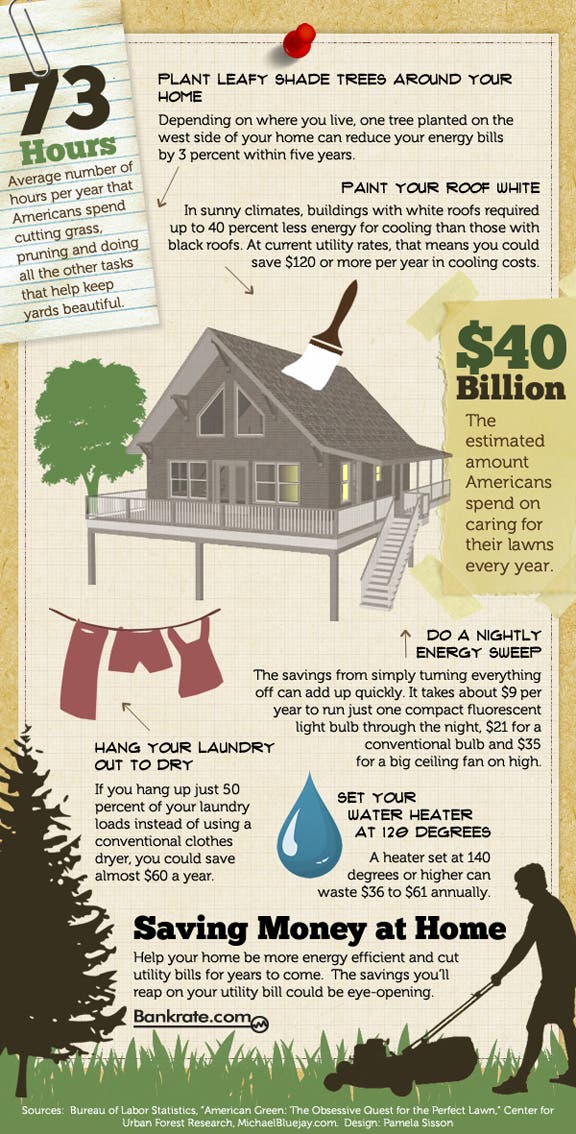Discover How To Foster A Durable Environment Post-Tree Removal
Discover How To Foster A Durable Environment Post-Tree Removal
Blog Article
Short Article Developed By-
When it pertains to seasonal tree treatment, making certain correct monitoring prior to and after elimination can substantially impact the health and looks of your landscape. By understanding the essential steps involved in examining tree health and preparing for removal, you can proactively secure your property. But what regarding the vital techniques to follow when the tree is gone? Keep tuned to discover the necessary post-removal treatment steps that will assist you grow a thriving and sustainable environment for your trees.
Pre-Removal Tree Care
Prior to dealing with the removal of a tree, it's essential to focus on pre-removal tree care. Beginning by examining the tree's wellness and structural stability. Search for signs of condition, insect problems, or any type of structural issues that might position a security risk throughout removal. It's vital to consult with a certified arborist to determine the most effective strategy.
Trimming dead or diseased branches can stop further damage to the tree and make certain a smoother removal process.
Additionally, take into consideration the ecological effect of removing the tree. Trees play a vital function in our community, so planting a new tree in a suitable area can help offset any kind of loss. Make certain that you have the required licenses and consents for tree removal, specifically if the tree is safeguarded by regional policies.
Seasonal Upkeep Tips
Analyzing your tree's demands throughout the year is crucial for its health and longevity. To maintain your trees in top problem, follow these seasonal maintenance ideas.
In springtime, concentrate on trimming to eliminate dead or broken branches and motivate brand-new development.
Summer calls for routine watering, specifically throughout droughts, to ensure your tree remains hydrated.
As loss techniques, watch out for early indicators of disease or tension, and take into consideration applying compost to shield the origins during winter season.
In winter season, be cautious when removing snow from branches to avoid damage, and remain to check your tree's general wellness.
Remember to adjust your care regular based upon the particular needs of your tree species and local environment. By staying mindful and positive throughout the seasons, you can aid your trees grow and flourish for many years to come.
Post-Removal Tree Care
To guarantee the health of your landscape even after tree removal, appropriate post-removal care is important. After a tree is removed, it's essential to fill up the staying hole with topsoil and compact it to stop settling. visit their website will assist preserve the honesty of the ground and protect against prospective dangers in the future.
Take into consideration growing brand-new plants instead of the removed tree to recover the equilibrium and aesthetics of your landscape. Regularly water the area to advertise the growth of new plants and avoid soil erosion.
Check the bordering trees for any type of signs of disease or anxiety that may have been caused by the gotten rid of tree. Keep an eye out for bugs that may've been attracted to the previous tree and take safety nets to safeguard the continuing to be vegetation.
If required, seek advice from an expert arborist to examine the influence of the elimination on the surrounding trees and establish any type of added care required. By adhering to these post-removal care steps, you can guarantee the ongoing health and wellness and beauty of your landscape.
Verdict
To conclude, aggressive seasonal tree treatment is crucial for maintaining the wellness and balance of your landscape. By examining tree health, pruning, and consulting with an arborist prior to removal, you can ensure a risk-free procedure. After elimination, filling up the hole, growing new plants, and regular watering will certainly promote new development and protect against erosion. Remember to inspect surrounding trees for illness and look for further care measures from an arborist to keep your landscape growing.
